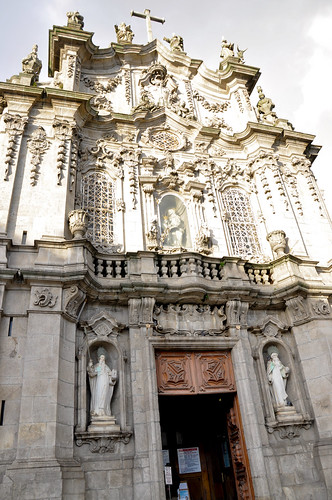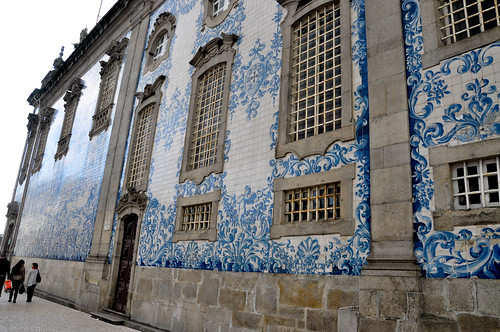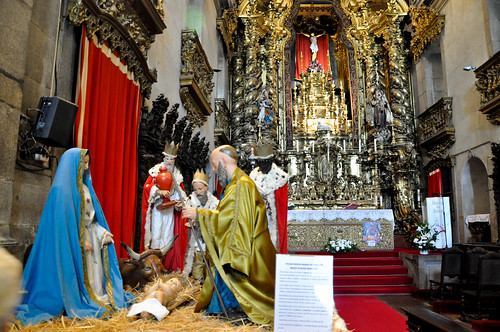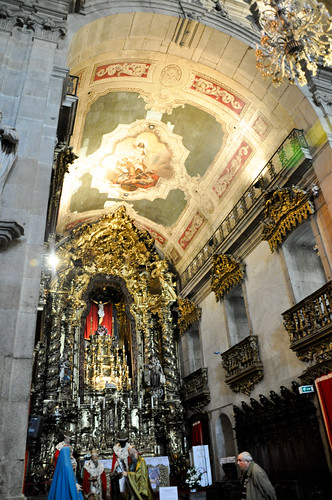Conhecida pelo seu retábulo em talha dourada no altar-mor e pela sua fachada lateral feita de azulejos, a Igreja do Carmo foi construída no século XVIII nos estilos barroco e rococó.
Na fachada podemos ver o profeta Elias e o seu discípulo Eliseu. Foi inspirada no modo de vida do profeta que a Ordem Terceira do Carmo foi fundada.
In front we see the prophet Elijah and his disciple Elisha. It was inspired by the life of the Prophet that the Third Order of Mount Carmel was founded.

Os azulejos foram colocados mais tarde em 1912, obra de Silvestre Silvestri e que contam um pouco da história da origem da Ordem do Carmo e da imposição do escapulario no Monte Carmelo.
A sua principal atracção são os trabalhos em talha dourada principalmente o do altar-mor com Jesus Cristo crucificado ao centro e de cada lado Santa Ana e Nossa Senhora do Carmo.
A entrada é gratuita.
The tiles were placed later in 1912, they are the work of Silvestre Silvestri and tell a little about the story of the origin of the Carmelite Order and the imposition of the scapular on Mount Carmel.
Its main attraction the Golden work gilt mainly the high altar with Jesus Christ crucified at the center and on each side St. Anne and Our Lady of Mount Carmel.
Admission is free.
Its main attraction the Golden work gilt mainly the high altar with Jesus Christ crucified at the center and on each side St. Anne and Our Lady of Mount Carmel.
Admission is free.
Mais
posts/More posts:






Sem comentários:
Enviar um comentário